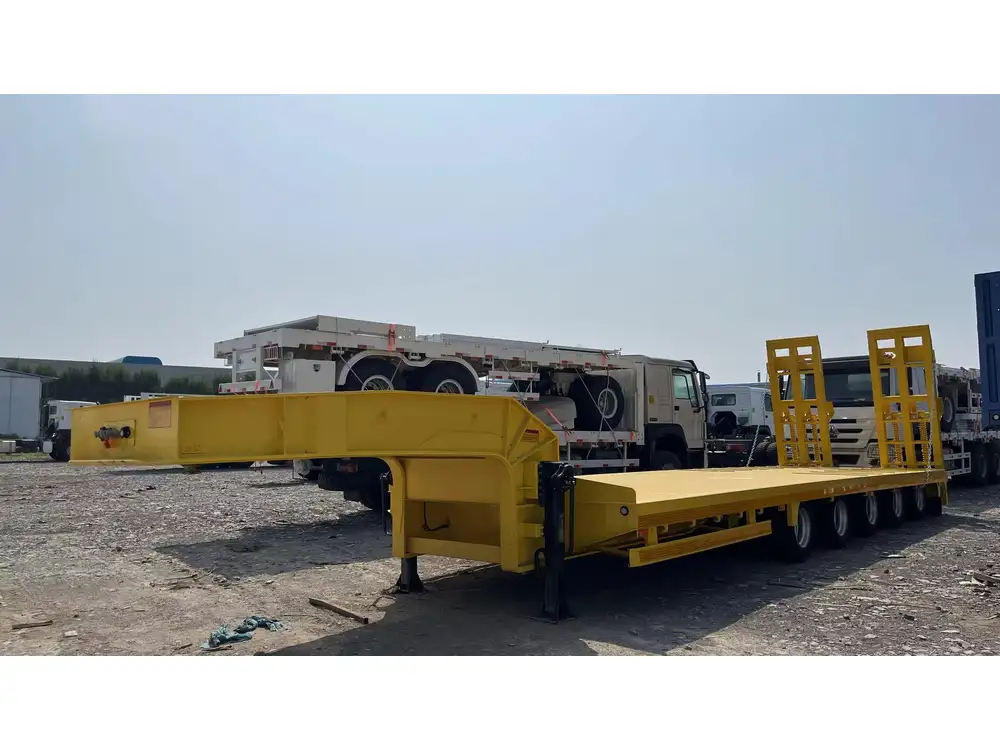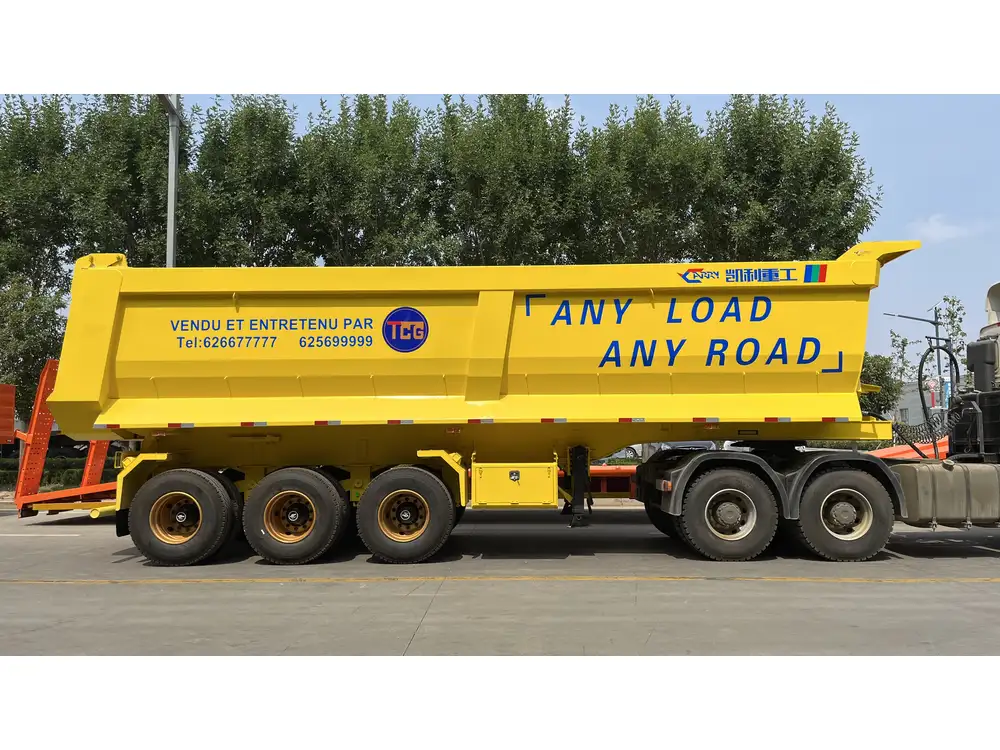When discussing commercial transport, particularly in the realm of fuel delivery, the question arises: How many gallons are in a gas truck? This inquiry not only pertains to the logistics of transportation but also impacts operational efficiency, cost management, and regulatory compliance. Below, we explore the different fuel truck capacities, relevant considerations, and implications for those operating within the industry.
Understanding Fuel Truck Capacities
Common Capacities of Fuel Trucks
Fuel trucks come in various sizes to accommodate different needs. The typical categories of fuel trucks include:
| Type of Truck | Typical Capacity | Uses |
|---|---|---|
| Light-Duty Fuel Trucks | 1,000 – 3,000 gallons | Local deliveries, equipment fueling |
| Medium-Duty Fuel Trucks | 3,000 – 5,000 gallons | Small to medium construction sites, commercial supply |
| Heavy-Duty Fuel Trucks | 5,000 – 12,000 gallons | Large-scale fuel distribution, bulk transport |

Light-Duty Fuel Trucks
Light-duty fuel trucks often serve local businesses, construction sites, and agricultural operations. Their smaller size allows for easy maneuverability and the flexibility to access narrow streets or crowded job sites.
Medium-Duty Fuel Trucks
Medium-duty fuel trucks balance capacity and maneuverability. They are ideal for contractors requiring consistent fuel supply for equipment and those involved in regional deliveries.
Heavy-Duty Fuel Trucks
Heavy-duty fuel trucks are designed for bulk fuel transportation over long distances. These trucks are essential for fueling large fleets or facilitating fuel supply to remote locations where refueling stations are not readily available.

Variability in Fuel Tank Sizes
When considering how many gallons are in a gas truck, variability is a crucial factor. The amount of fuel a truck can carry is influenced by several elements:
Regulatory Limits: Different states have regulations determining maximum allowable driving weights, which indirectly affect fuel capacities. Higher capacity may mean more weight, necessitating strict adherence to local laws.
Purpose of Use: Fuel trucks earmarked for specific industries may feature tailored tank sizes that optimize transportation efficiency.
Design Specifications: Custom builds often allow modifications that can skew standard capacities. For example, some operators may opt for larger tanks to reduce the number of trips they need to make.
Factors Influencing Fuel Capacity Decisions
Economic Considerations
When deciding on the appropriate size of a fuel tank here are some economic considerations to bear in mind:
Fuel Pricing Variability: Buying fuel in bulk can often provide cost advantages, thus incentivizing operators to choose larger-capacity trucks.
Operational Efficiency: Transporting more fuel per trip reduces transport costs and maximizes vehicle utilization.
Maintenance Costs: Larger tank sizes mean increased maintenance; operators must weigh the initial cost against ongoing expenses.

Environmental Impacts
Fuel trucks also affect the environment:
Emissions: Larger trucks can produce more emissions during operation. Operators should consider eco-friendly options like alternative fuels or hybrid vehicles when selecting a tank size.
Spills and Leaks: Greater quantities of fuel also bring increased risks of spills — operational guidelines and safety protocols become imperative to mitigate environmental impacts.
Comparison of Fuel Truck Types
Tank Configuration and Design
The design of a fuel truck’s tank plays a significant role in how many gallons can be effectively stored and transported. Below is a comparative overview of various tank configurations:
| Configuration | Description | Advantages | Disadvantages |
|---|---|---|---|
| Cylindrical Tanks | Standard design; offers a sturdy, stable shape for transport. | Simplifies construction and is structurally sound. | Limited in maximizing space when fitting on a chassis. |
| Rectangular Tanks | Shapes allow for more customization in a given space. | Better use of available space on the truck. | Can be more complex to manufacture and maintain. |
| Walled Tanks | Often used in transport for hazardous materials. | Safety features minimize risks of spills. | Heavier, which may reduce fuel efficiency. |

Filling and Unloading Mechanisms
Fuel trucks employ various mechanisms for filling up and discharging fuel, impacting operational efficiency.
Pump Systems: Efficient pumps are crucial for unloading fuel quickly, impacting overall turnaround times.
Gravity Feed Systems: Used in tandem with specific tank designs to allow for a smoother flow, particularly in locations where power sources may be limited.
Metering Systems: Accurate metering is essential for tracking deliveries, reducing spills, and ensuring customer satisfaction.
Regulatory Compliance and Safety
Navigating Legal Requirements
Operators of fuel trucks must contend with a multitude of restrictions and regulations, including:
Weight Limits: Exceeding legal weight limits can result in fines, which makes it necessitating producers and operators to choose capacities carefully.
Hazardous Materials Licensing: Transporting fuel classifies the vehicle as a hazardous materials carrier, requiring specialized training and insurance.

Safety Protocols
Effective safety measures are paramount:
Routine Maintenance: Adhering to specified maintenance schedules to prevent leaks and ensure operational efficiency.
Spill Kits: Carrying spill kits and ensuring drivers know how to utilize them is essential for compliance with EPA regulations.
Driver Training: Comprehensive training programs help reduce incidents caused by human error during fuel transport.
Conclusion: Making an Informed Decision
Determining how many gallons are in a gas truck involves considering not just the mechanical specs but also the broader functions, constraints, and regulatory frameworks that guide fuel trucking. Selection of truck size ultimately depends on a blend of:
- Economic Factors: Cost-efficiency tied to purchase and operation.
- Environmental Considerations: Responsible practices that minimize negative impacts.
- Regulatory Compliance: Understanding and adhering to local and federal laws.
Making an informed decision regarding fuel truck capacity ensures companies can operate efficiently while effectively managing cost. As the landscape of commercial transport continues to evolve, staying abreast of industry best practices, technological advancements, and regulatory changes will be critical for leveraging maximum benefits.
A well-structured selection process will balance operational requirements with environmental and economic realities, ensuring sustainable growth and successful fuel transportation endeavors. Understanding these factors leads not only to compliance but fosters an environment of excellence in service delivery.



